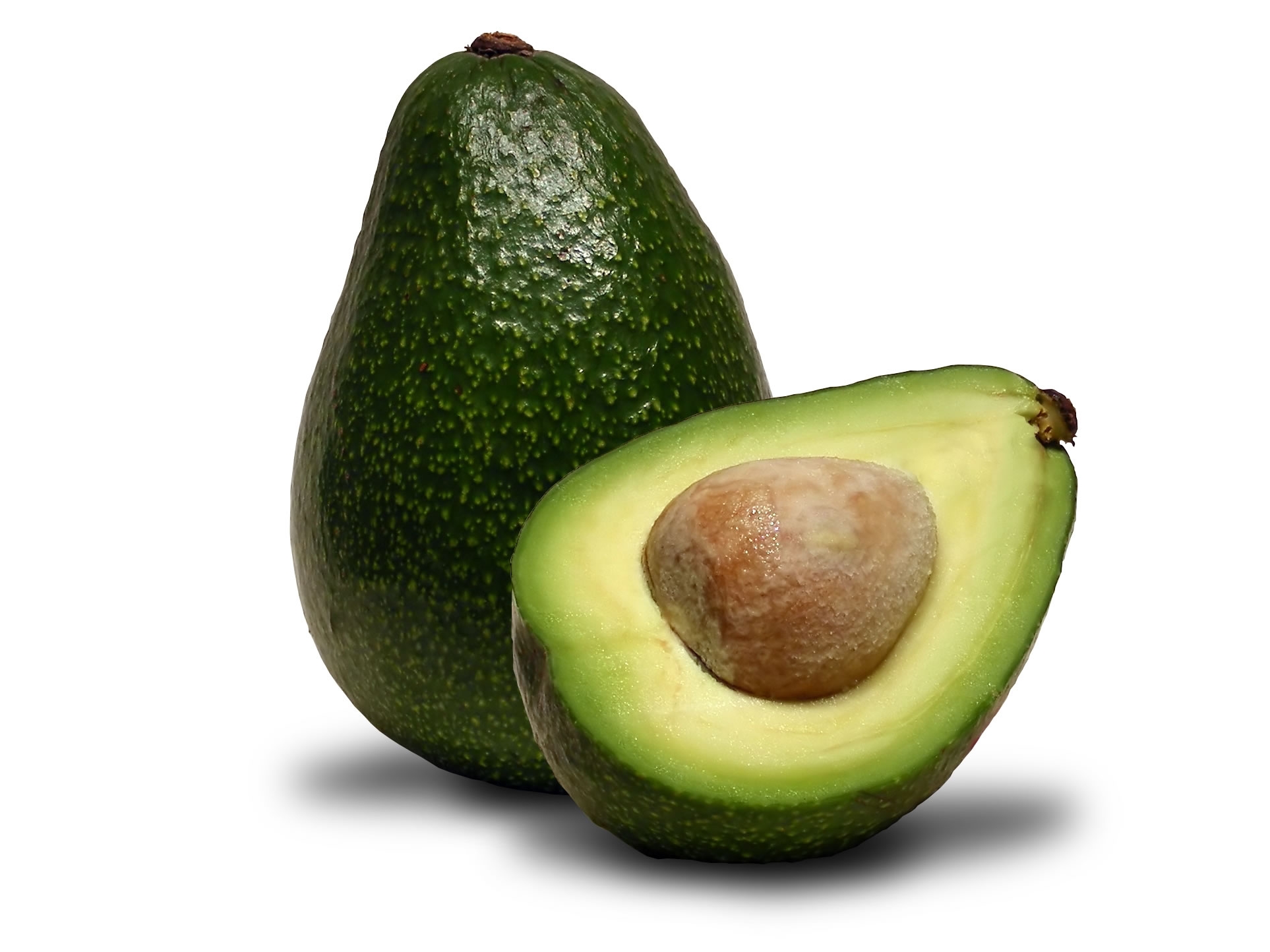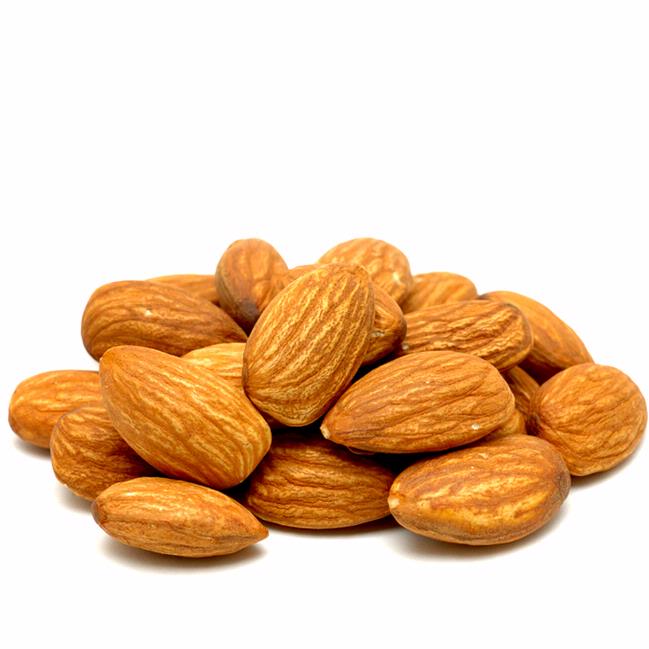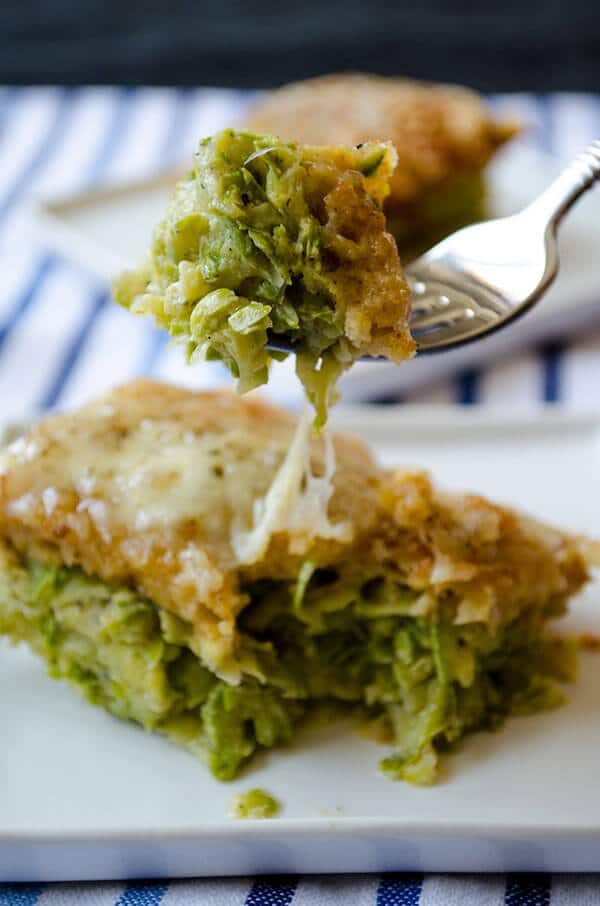Healthy Foods A-Z, “D”
 es are a wonderfully sweet and versatile food that can be a great substitute for sugar or sweetener. They are also a great source of vitamins and minerals, for energy, natural sugars and dietary fiber. Dates have also been found to help strengthen bones and fight off diseases like osteoporosis. They are heart healthy because of their rich potassium content, which has been shown to reduce the risk of stroke and other heart related diseases. Some great and healthy recipes for dates include:
es are a wonderfully sweet and versatile food that can be a great substitute for sugar or sweetener. They are also a great source of vitamins and minerals, for energy, natural sugars and dietary fiber. Dates have also been found to help strengthen bones and fight off diseases like osteoporosis. They are heart healthy because of their rich potassium content, which has been shown to reduce the risk of stroke and other heart related diseases. Some great and healthy recipes for dates include: and beers. Dandelion root can be consumed in the form of a pill or as something as simple as a component of a salad. Mix 1 teaspoon of dandelion root powder in drinks or food 2-3 times a day. For a dandelion root tea, dissolve the powder in hot water and sweeten with a burst of lemon and a touch of honey or agave. It can also be blended into smoothies, mixed with juices, or sprinkled over cereal and oatmeal. Click the link below for more info on the health benefits of dandelion root:
and beers. Dandelion root can be consumed in the form of a pill or as something as simple as a component of a salad. Mix 1 teaspoon of dandelion root powder in drinks or food 2-3 times a day. For a dandelion root tea, dissolve the powder in hot water and sweeten with a burst of lemon and a touch of honey or agave. It can also be blended into smoothies, mixed with juices, or sprinkled over cereal and oatmeal. Click the link below for more info on the health benefits of dandelion root:|
Dandelion herb greens (Taraxacum officinale), Fresh, Nutrition value per 100 g (Source: USDA National Nutrient data base) |
||
|
Principle
|
Nutrient Value
|
Percentage of RDA
|
|
Energy
|
45 Kcal
|
2%
|
|
Carbohydrates
|
9.20 g
|
7%
|
|
Protein
|
2.70 g
|
5%
|
|
Total Fat
|
0.70 g
|
3%
|
|
Cholesterol
|
0 mg
|
0%
|
|
Dietary Fiber
|
3.50 g
|
9%
|
|
Vitamins
|
||
|
Folates
|
27 µg
|
7%
|
|
Niacin
|
0.806 mg
|
5%
|
|
Pantothenic acid
|
0.084 mg
|
1.5%
|
|
Pyridoxine
|
0.251 mg
|
19%
|
|
Riboflavin
|
0.260 mg
|
20%
|
|
Thiamin
|
0.190 mg
|
17%
|
|
Vitamin A
|
10161 IU
|
338%
|
|
Vitamin C
|
35 mg
|
58%
|
|
Vitamin E
|
3.44 mg
|
23%
|
|
Vitamin K
|
778.4 µg
|
649%
|
|
Electrolytes
|
||
|
Sodium
|
76 mg
|
5%
|
|
Potassium
|
397 mg
|
8%
|
|
Minerals
|
||
|
Calcium
|
187 mg
|
19%
|
|
Iron
|
3.10 mg
|
39%
|
|
Magnesium
|
36 mg
|
9%
|
|
Manganese
|
0.342 mg
|
15%
|
|
Phosphorus
|
66 mg
|
9%
|
|
Zinc
|
0.41 mg
|
4%
|
Dill
This powerful herb traditionally provides the tang to pickles, salad dressings, and fish dishes and is packed with health benefits that make it a great addition to many plain dishes to give them flavor. Dill is a great source of Vitamin A which is used to maintain healthy skin, teeth, skeletal tissue, and soft tissue. It also aids good vision! Here are some great ways to enjoy this nutritious and tangy herb!
- Combine dill weed with plain yogurt and chopped cucumber for a delicious cooling dip.
- Use dill when cooking fish, especially salmon and trout, as the flavors complement one another very well.
- Use dill weed as a garnish for sandwiches.
- Since dill seeds were traditionally used to soothe the stomach after meals, place some seeds in a small dish on the dinner table for all to enjoy.
- Add dill to your favorite egg salad recipe.
- Mix together chopped potatoes, green beans, and plain yogurt, then season with both dill seeds and chopped dill weed.






 These tiny little seeds pack a powerful nutritious punch! They have a nutty like flavor and you can add them to any food you like making it easy to incorporate into your diet. Chia seeds not only help our bodies fight off free radicals because of the antioxidants, they are a great source of energy because of the perfect combo of protein, fat (omega 3 fatty acids) and carbs (most from fiber) they provide. Click the link below to learn more about the chia seed:
These tiny little seeds pack a powerful nutritious punch! They have a nutty like flavor and you can add them to any food you like making it easy to incorporate into your diet. Chia seeds not only help our bodies fight off free radicals because of the antioxidants, they are a great source of energy because of the perfect combo of protein, fat (omega 3 fatty acids) and carbs (most from fiber) they provide. Click the link below to learn more about the chia seed: 

 This super fruit packs a mighty punch. According to
This super fruit packs a mighty punch. According to 





 Aside from being a great source of protein, fat and carbohydrates, these tree nuts also contain powerful antioxidants that can protect our bodies from oxidative stress. Be sure to eat the skin because that’s where most of the antioxidants are found. Almonds are a fantastic healthy convenience food – no cooking or refrigeration required. You can take them anywhere with you to keep you fueled throughout the day!
Aside from being a great source of protein, fat and carbohydrates, these tree nuts also contain powerful antioxidants that can protect our bodies from oxidative stress. Be sure to eat the skin because that’s where most of the antioxidants are found. Almonds are a fantastic healthy convenience food – no cooking or refrigeration required. You can take them anywhere with you to keep you fueled throughout the day!



